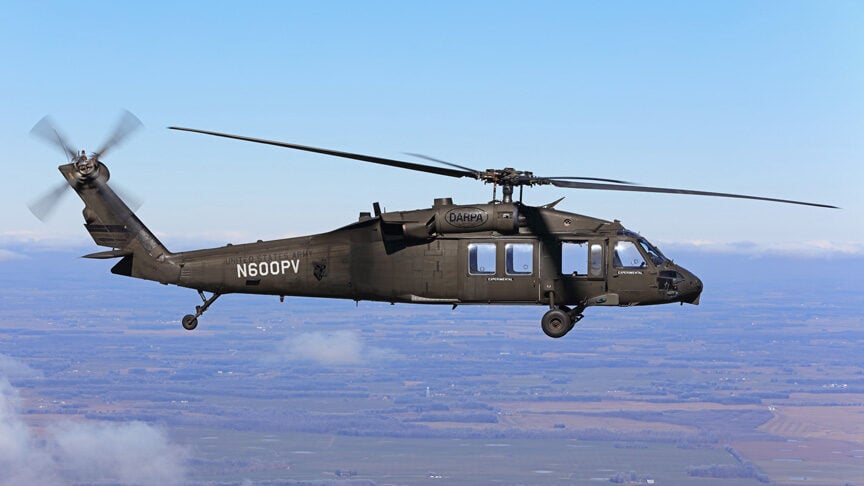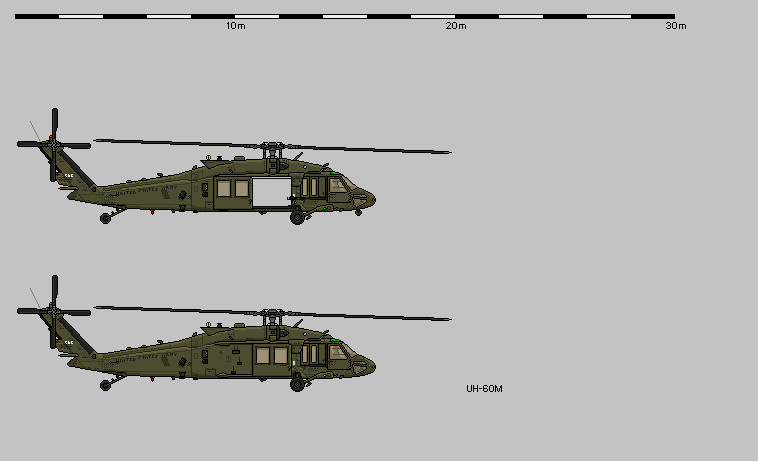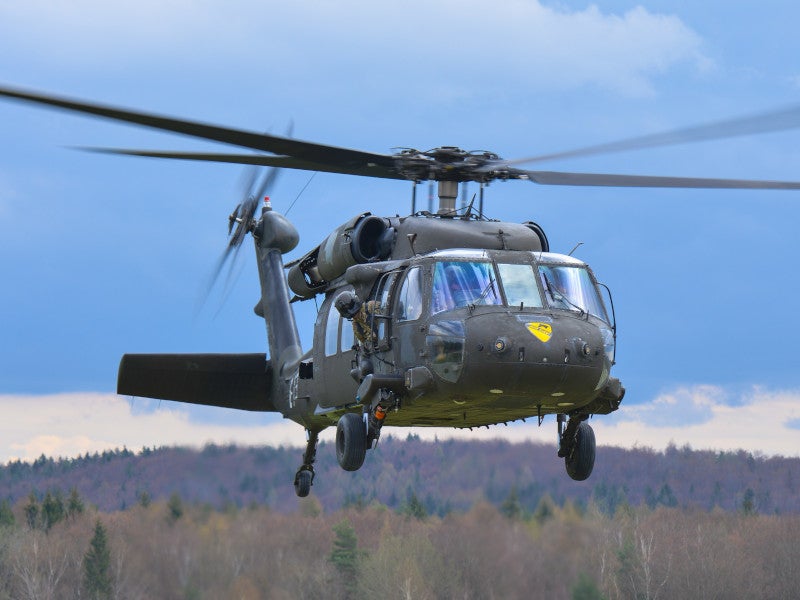The UH-60 Helicopter: Navigating With Its Background, Layout, and Considerable Function in Aeronautics
The UH-60 helicopter, frequently referred to as the Black Hawk, stands as a testament to the developments in aviation modern technology and its indisputable effect on both armed forces and noncombatant procedures. From its modest beginnings to its existing status as a sign of dependability and convenience, the advancement of the UH-60 has actually been noted by continual development and adaptation to meet the progressing demands of the aeronautics market. As we dive into its background, design ins and outs, and the critical duty it plays in different markets, a deeper gratitude for this renowned helicopter emerges, clarifying the considerable contributions it has made to the realm of aeronautics.
Evolution of the UH-60 Helicopter

The evolution of the UH-60 helicopter can be traced back to the demand for a trustworthy and versatile utility airplane that could satisfy the requiring requirements of modern-day military operations. Created by Sikorsky Airplane, the UH-60 Black Hawk first took flight in 1974, with the U.S. Military becoming its key operator. Throughout the years, the UH-60 has actually undertaken numerous upgrades and variations to boost its capabilities and performance.

Style Innovations and Functions

Furthermore, the UH-60 features a sophisticated avionics collection that consists of sophisticated navigation systems, communication equipment, and digital display screens. These technical advancements boost situational understanding for the team, improving overall mission performance and security. The helicopter's spacious cabin design assists in very easy and fast loading and dumping of soldiers, tools, and casualties, making it a flexible possession for military procedures and catastrophe relief efforts.
Additionally, the incorporation of composite products in crucial structural components lowers weight while preserving resilience, enhancing the UH-60's performance and gas efficiency. The UH-60 helicopter's cutting-edge style components jointly contribute to its reputation as a trusted and extremely qualified airplane in both military and noncombatant aviation fields.
Armed Forces and Private Applications
With versatile capabilities matched for a series of operational demands, the UH-60 helicopter serves both armed forces and civilian sectors effectively (uh-60). In army applications, the UH-60, typically called the Black Hawk, plays a critical role in army transportation, medical discharge, combat support, and search and rescue goals. Its agility, speed, and capacity to operate in different settings make it a useful property for armed forces operations worldwide. The UH-60's sophisticated avionics, protective systems, and flexibility have actually strengthened its position as a cornerstone of armed forces helicopter fleets.
In the noncombatant sector, the UH-60 serves a wide range of purposes, including firefighting, police, emergency medical services, and corporate transportation. Its reliability, maneuverability, and spacious cabin make it a popular selection for energy goals. go to my blog Additionally, the UH-60's adaptability for VIP transportation and overseas operations even more highlight its importance in civilian applications. Whether in noncombatant or army usage, the UH-60 helicopter remains to show its worth as a versatile and important aerial platform.
Effect On Aviation Workflow
Having established its relevance in army and civilian applications, the UH-60 helicopter's effect on aviation operations prolongs past its functional capacities to affect a wide range of aerial objectives. In army setups, the UH-60 plays an essential function in troop search, transportation and rescue procedures, clinical discharge, and unique procedures sustain.
In addition, the UH-60's dependability and endurance make it a preferred selection for energy missions, consisting of transport of cargo and personnel to remote areas. Generally, the UH-60 helicopter considerably impacts aviation procedures by supplying unrivaled capacities and support throughout a wide range of missions.
Future Dopes and Prospects
The evolution of the UH-60 helicopter is positioned to transform air travel capabilities and improve operational paradigms in the coming years. Improvements in modern technology and design are driving the advancement of next-generation UH-60 variants that guarantee boosted rate, goal, and agility adaptability.
In addition, there is an expanding focus on sustainability and gas performance in the design of future UH-60 helicopters (uh-60). Producers are exploring new materials, propulsion systems, and wind resistant improvements to decrease ecological influence and operating prices. These advancements not just profit the setting however also add to the lasting viability and competitiveness of the UH-60 in the swiftly advancing aeronautics sector
Verdict

The UH-60 helicopter, frequently referred to as the Black Hawk, stands as a testament to the improvements in aeronautics modern technology index and its obvious impact on both army and civilian operations.Having established its significance in military and noncombatant applications, the UH-60 helicopter's influence on aviation procedures expands past its functional capacities to affect a broad range of airborne objectives. In general, the UH-60 helicopter significantly affects aeronautics operations by supplying unequaled abilities and support throughout a wide range of goals.
The advancement of the UH-60 helicopter is positioned to reinvent air travel capabilities and reshape functional standards in the coming years. As modern technology proceeds to development, the future advancements and additional resources prospects for the UH-60 helicopter remain encouraging, guaranteeing its ongoing relevance in the area of air travel.